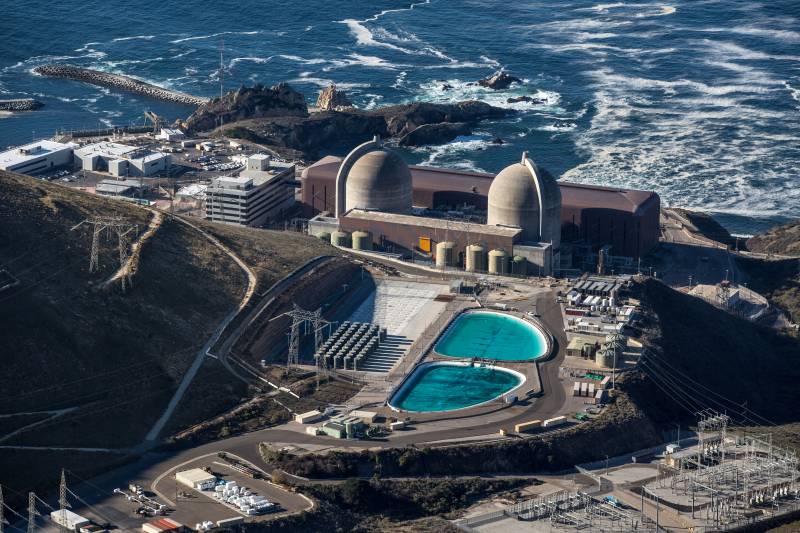“The governor has been clear for months about the potential need to extend the life of Diablo Canyon,” York said. He added that Newsom's administration has stressed the need to keep all options on the table to maintain reliable power and that “this proposal reflects the continued need to keep that flexibility.”
The proposal said the continued operation of the Diablo Canyon Power Plant beyond 2025 is “critical to ensure statewide energy system reliability.”
Nuclear power doesn’t produce carbon pollution like fossil fuels do, but it does leave behind waste that remains dangerously radioactive for centuries.
The plant has been controversial from its very inception more than half a century ago. Opponents have cited seismic risks at the plant site, the facility's impact on the local marine environment and potential health risks to nearby communities. More recently, critics have raised questions about whether the aging plant is safe to run indefinitely.
The Newsom proposal was obtained just hours ahead of a Friday afternoon California Energy Commission meeting on the state’s energy needs and the role that the seaside plant near San Luis Obispo might play in meeting them.
Newsom's plan was met by immediate criticism from environmentalists who called it a huge financial giveaway for PG&E that pushes aside state environmental safeguards.
If approved, the state would “give PG&E over $1 billion in loans at below the interest rate even state agencies charge among themselves,” said David Weisman, legislative director of the Alliance for Nuclear Responsibility, a San Luis Obispo County group that has fought to close Diablo Canyon.
Touching on the fact that PG&E's service area is concentrated in Northern California, Weisman asked: “What are taxpayers in Southern California getting out of this?”
Ralph Cavanagh of the Natural Resources Defense Council said the plan would provide sweeping exemptions from environmental rules, including the California Environmental Quality Act.
“This draft was prepared by someone with little understanding of California energy policy or history,” Cavanagh said.
The Legislature has less than three weeks to determine if it will take an extraordinary step and attempt to extend the life of the plant — a decision that would be made amid looming questions over the cost, who would pay and earthquake safety risks.
